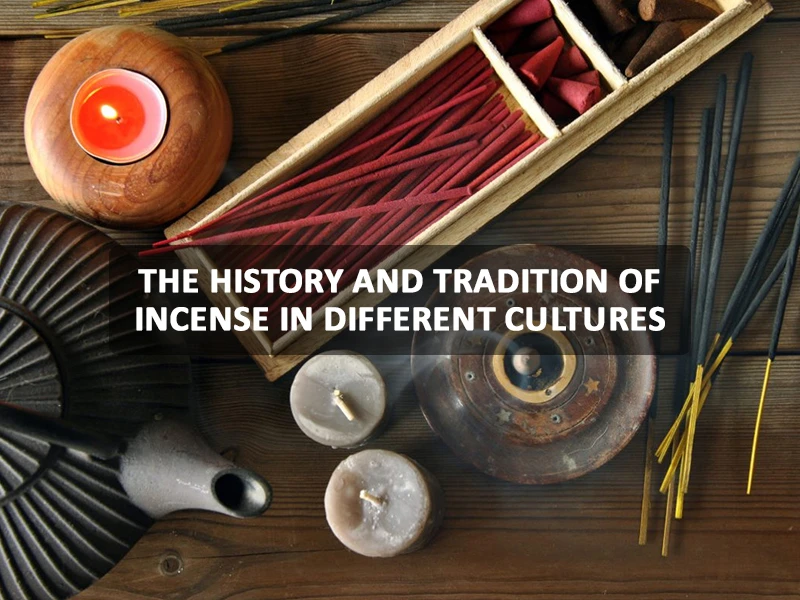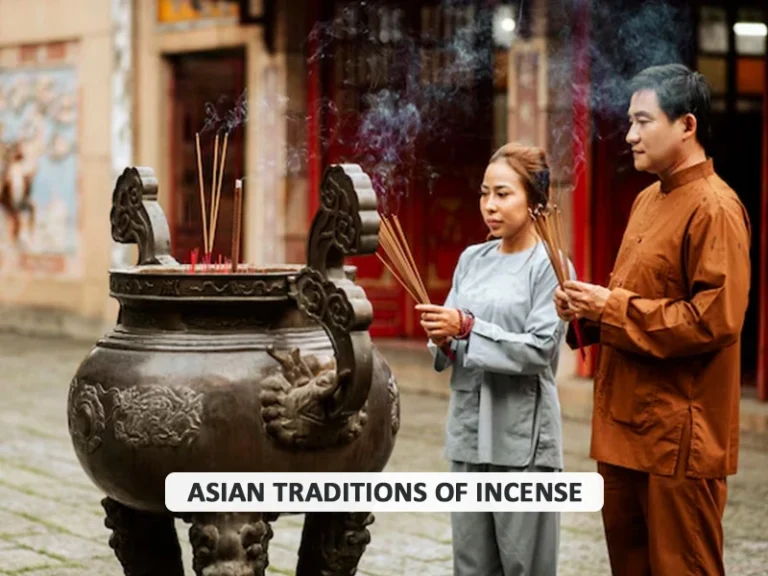Aromatherapy for Beginners: Incorporating Incense into Your Daily Routine
Welcome to the soothing world of aromatherapy. As experts in this field, we are here to guide you on how you can transform your living space and daily routine through the subtle art of diffusing essential oils and incorporating incense. Let us understand the benefits of using Natural incense sticks and ultrasonic diffusers.
What are Incense Sticks?
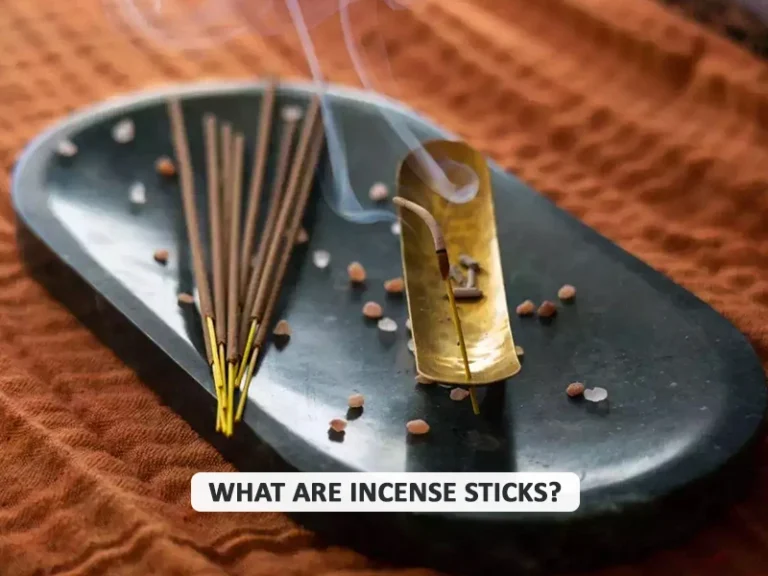
Incense sticks are long, thin sticks made from chunks of fragrant plant materials like dried bark, herbs, wood, or leaves and resins bound onto a wood, cow dung, or plant fiber. When lit, incense sticks smolder, producing a sweet-smelling smoke that carries aromatic compounds into the air. The most commonly used incense sticks are made from Natural incense sticks and Natural Dhoop sticks, which impart soothing fragrances.
Burning incense sticks dates back centuries, as they were believed to have spiritual and purifying properties. Even today, incense sticks are essential in various spiritual, religious, and cultural ceremonies. Apart from rituals, burning incense sticks at home is also gaining popularity for its therapeutic aroma benefits.
The Benefits of Using Natural Incense Sticks

Natural incense emits fragrances known to reduce stress and induce relaxation. Nag champa incense sticks, for example, impart a floral woody aroma renowned for its stress-relieving properties.
Some other key benefits of using Natural incense include:
- Masking unpleasant odors: The sweet smoke from Natural incense sticks, like Natural Dhoop sticks, helps neutralize stale, musty, or unwanted smells in a room.
- Air purification: Certain incense sticks contain essential oils and resins that release negative ions when burned, helping to purify indoor air quality.
- Mood enhancement: Fragrances from lavender or jasmine incense cones can promote calmness and tranquility.
- Spiritual cleansing: Burning incense sticks is integral to rituals and meditations for many as it symbolizes releasing negativity.
Tips for Using Incense Sticks Effectively
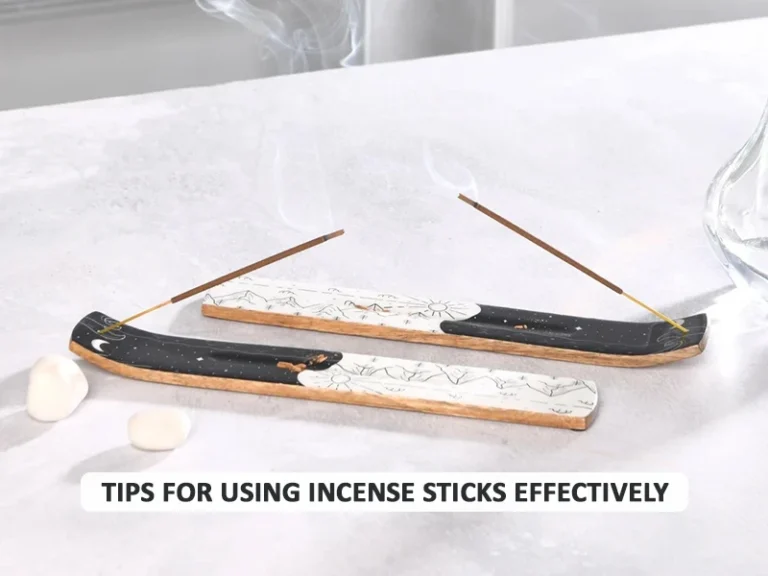
Now that you are well equipped with the overview and benefits of using incense in your aroma therapy journey, it’s time to look at a few tips for enjoying these safely without any bottlenecks.
Here are some tips for safely enjoying the benefits of incense sticks:
- Use incense holders like backflow incense burners to prevent ash scattering and to contain the smoke in one area.
- To prevent fire hazards, only light one end of the incense stick and extinguish it completely before disposing of it.
- For the best aroma diffusion, choose quality incense sticks that are all-natural without added chemicals. Buy incense sticks online from trusted brands.
- Experiment with different fragrances according to your mood – floral during the day and spices in the evenings.
- Burn incense sticks in well-ventilated areas for maximum aroma diffusion and health benefits.
Overall, we can tell you this for sure that Incorporating incense like natural dhoop sticks into your routine can further enhance the experience, as they offer a more authentic and pure aroma. Remember to keep your incense out of reach of children and pets to ensure a safe and serene environment. With these tips in mind, you can fully enjoy the therapeutic benefits of incense in your daily life.
Discover Aromatherapy with Nira fragrances
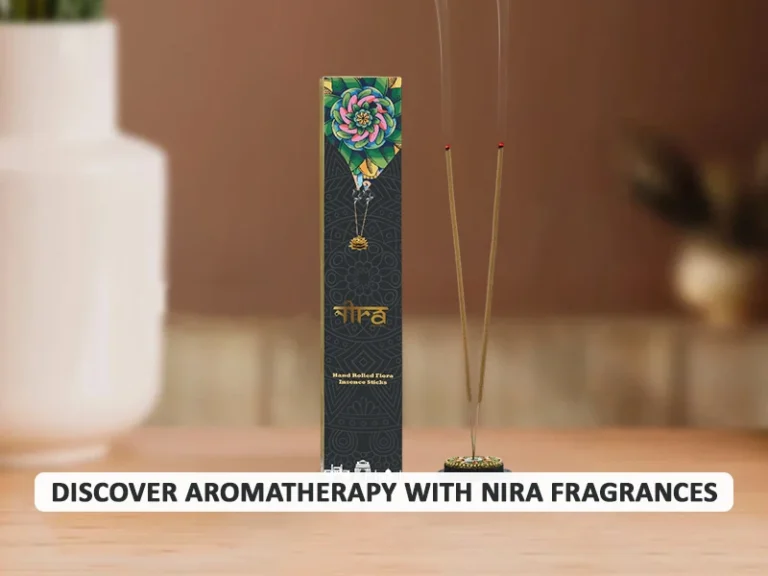
After explaining the multitudinous benefits and tips of using incense, you may wonder where to get these fantastic goodies, which elevate spiritual rituals and provide aromatherapy. Not to worry, at Nira, we have got you covered.
Nira fragrances offer various herbal incense products that can significantly enhance your aromatherapy regimen. As an eco-friendly brand focusing on purity and natural ingredients, their incense sticks, agarbattis and dhoop cones impart soothing fragrances known to relieve stress and lift mood. Made from biodegradable materials and infused with herbs, flowers and wood powders, lighting Nira incense is like inviting nature’s fragrances into your home.
Some of Nira’s bestselling varieties, like Nag Champa and Sandalwood, have earthy, floral notes renowned for their relaxing aroma profiles. Their chemical-free formulations mean you can safely enjoy aroma diffusion and cleansing smoke without any harmful additives. Whether used individually or with essential oils during meditation, our fragrances complement different wellness practices. The subtle aromas help calm the mind and promote an overall sense of spiritual and emotional well-being.
By opting for natural agarbattis and cones from Nira, you support an eco-conscious brand that embraces sustainability. Their products, manufactured without synthetic binders or preservatives, are also allergy-friendly. Next time you want to break from stress or want your home to smell inviting, turn to this herbal incense for a therapeutic aromatherapy experience.
Conclusion
Awesome that you made it to the very end, Now you are already aware that incorporating incense into your daily routine can transform your living space into a sanctuary of calm and serenity. The therapeutic benefits of using organic dhoop sticks are undeniable, offering not only a pleasant aroma but also stress relief, mood enhancement, and spiritual cleansing. As you embark on your aromatherapy journey, remember the importance of quality and safety. Choose all-natural products like those offered by Nira fragrances to ensure a pure and wholesome experience.
Embrace natural dhoop sticks, It will help you invite the essence of nature into your home, fostering a harmonious and beautiful environment. Whether you’re meditating, relaxing after a long day, or simply enjoying the soothing scents, these natural incense products can significantly enhance your well-being. So, light up a stick, breathe deeply, and let the calming fragrances guide you to a place of peace and relaxation. Happy aromatherapy!


